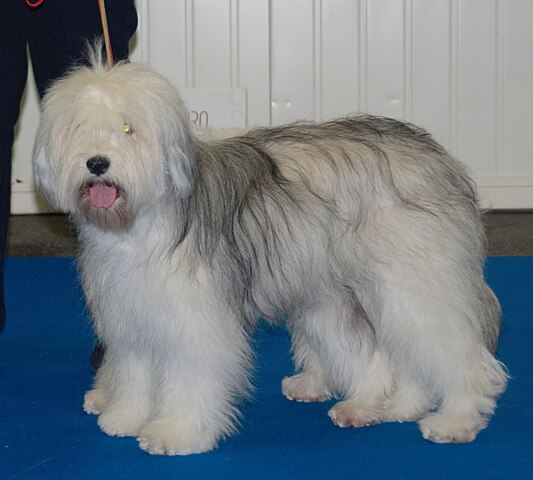The Czech Spotted Dog is recognized by the Czech Kennel Club although not yet recognized internationally. Sadly, this wonderful breed was originally bred as a laboratory dog for medical research, starting in 1954. Researchers wanted a dog that was docile and calm, easy to care for, with high fertility and a “suitable body structure, size and coat”. A dog similar to a German Shepherd was bred with a dog similar to a Smooth Fox Terrier, and later German Shorthaired Pointer was crossed in. Thankfully, in the 1980’s they were no longer used for research and soon thereafter the animals that remained were given to the public. With the later addition of Small Munsterlander and a few dogs of completely unknown ancestry, current dogs are bred purely for companionship and as such are not aggressive with people, other dogs or animals, and have generally pleasant, happy temperaments. Life is a game and they love to play!
Spotteds enjoy dog sports and have been successful in a number of venues including dog trekking, obedience, frisbee, agility, conformation, lure coursing, freestyle, and participation as therapy animals. These are athletes that love physical activity almost as much as they love engaging with their owners – which makes them naturals when it comes to competition! Their social nature is also a boon as they are enjoy going new places and meeting new people (and dogs) – all beneficial traits for competition. And at the end of the day they are more than content to lay on the couch with their owners! Prospective owners should realize that the flip side to having a dog that is ready to “do it all” also means an excess of energy (and an enthusiastic bark to go along with it). Owners must be just as active as the dog in order to fulfill the needs of this spirited breed. The first couple of years in particular can prove challenging as young CSDs are particularly…enthusiastic.
Spotteds usually take quickly to training as they are very intelligent and enjoy learning obedience. This said, their particular “zest for life” means that they can also be mischievous and prone to naughtiness. Patience and regular training is key here, especially with youngsters! While obedience is important for every dog, it is especially important for this breed – not because they will try to assert dominance, but because of impish behavior. Many also have natural hunting instincts which result in high distractability around small animals. An owner should be prepared to work through this trait. While they are adaptable to many different household settings it is important that the owner be ready to provide lots of mental stimulation. 
The CSD is an extremely social animal that doesn’t like to be left alone for long periods of time (he does suffer from separation anxiety). He enjoys it when guests come over and is great with kids. This is a “velcro” breed which usually prefers to follow his owner from room to room. While many owners enjoy this trait, some may find that giving the dog a household canine companion will provide another social outlet and render a bit more alone time for the human! When it comes to people, this is a gold-standard breed that will form a deep and loyal bond with his owner and those whom he trusts.
The Czech Spotted Dog can be a good candidate as a breed for a first-time dog owner (as long as the person fits his lifestyle). First, this is a medium sized breed which is not too big or too small. Second, he can make a good watchdog (alert dog) without actually being prone to dangerous guarding behavior. Third, he can adapt well to living in an apartment. These factors have made him somewhat popular in his home country although worldwide he is all-but unknown. He can make a fine companion in a home with a single person or a large family, and can even be a good choice for an elderly individual provided they can meet his energy needs.
CSDs come in two basic coat color patterns: black tricolor and chocolate tricolor, and two coat types – short and long. Both coat varieties are double-coated and the long coat is often slightly wavy. Sometimes a “transitional coat” variety appears, which is essentially a short coated individual with longer hair on the back of thighs and tail. The breed has a wedge-shaped head, folded V-shaped ears, and a saber-shaped tail often carried high.



